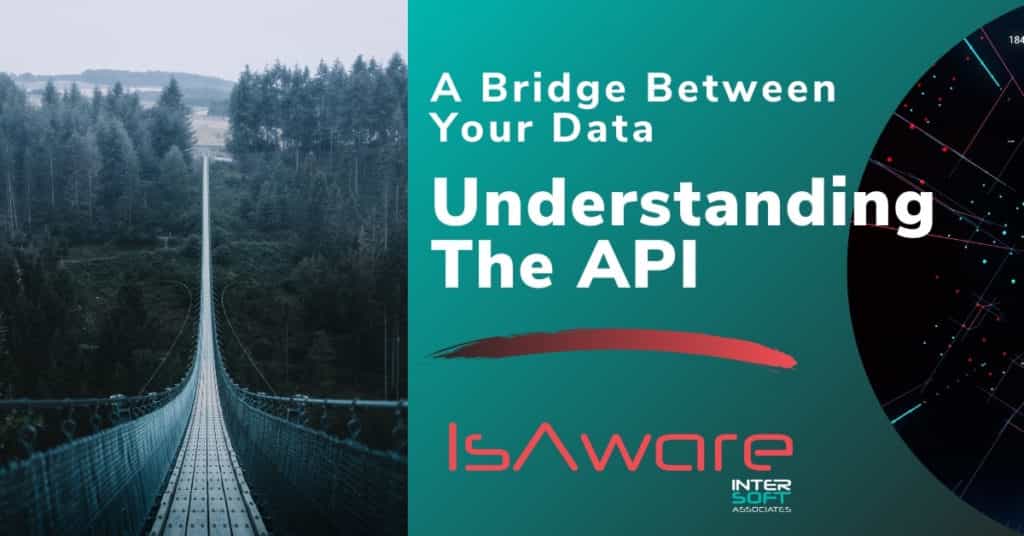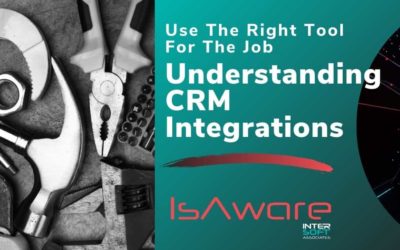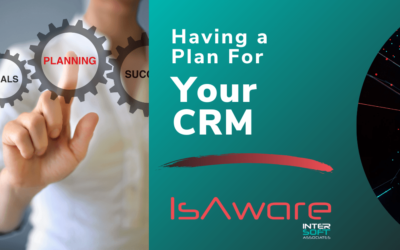API, or Application Programming Interface, is standardized technology that allows different applications to “talk” to each other. To a non-technical person this concept can seem confusing or intimidating, but in fact we each benefit from an API countless times every day. Whenever you’re texted a shipping notification from an online retailer, receive an email that a prescription is ready, or even see your last transaction come through a banking notification, you’re benefiting from applications interfacing with each other. Read on as we explore how the API can make integrating data for your business easy, seamless and valuable.
Why API?
We’ve already explored how there are many ways to manage and access data and what data integrations are and how they can help you. These can include the use of data warehouses like a SQl server, accessing an Oracle or Microsoft Access database, among others. Integrating into these systems can require a sophisticated, custom approach.
Using an API for communicating between platforms eliminates a lot of that potential friction because the software developers (or other experts) have already created a seamless, secure technology that permits the proper and secure handoff of data. This means concerns about compliance, updates, data structures, security and more are essentially alleviated. As systems get more sophisticated and are modified, it is not your concern because the API and its benefits will continue to work.
Understanding the API in Action
QuickBooks
Imagine a scenario where checks have to be produced to pay vendors, and QuickBooks is the accounting management software being used but some other application is a data manager. We need a way for the data application to communicate with QuickBooks so that, for instance, when a change in the database occurs – like a vendor indicates they’ve completed a job – QuickBooks knows to output a check.
There are lots of ways to do this, including:
- Exporting spreadsheets from the database and importing the information into QuickBooks.
- Manually keeping an eye on the database and initiating the appropriate actions in QuickBooks
- Installing some kind of middleware – a third application that can do the work of reading from the database, writing to QuickBooks, and then communicating back to the database.
All of these are problematic, either introducing security risks, human error or additional (and needless) effort and complexity.
With the QuickBooks API, all that friction is eliminated. With the tap of a button QuickBooks, when integrated with the database via its API, can retrieve the information required instantly, take action on it (like writing a check), and then return information to the database (like indicating payment has been made and cleared the bank).
The Unforeseen Potential
Now that this problem has been quickly solved with the API – QuickBooks is easily seeing important data and checks are being written accordingly – new opportunities can emerge that were not previously possible.
Combining API’s
For instance, now that QuickBooks is seamlessly producing payments when certain criteria in the integrated database are met, you might now be able to track how long it’s taking vendors to finish their work in order to request the check, using a different API that integrates the database with project management software. Or you might connect to the APIs of software used by shippers like FedEx or UPS to confirm when a sent out check has been delivered. With these new data points you suddenly have new insights on profitability, vendor relationships or distribution. With these insights you can negotiate new terms, discover new areas to improve efficiency, or identify opportunities to innovate.
Custom Problem Solving
We’ve said before – at InterSoft Associates we like to think of ourselves as problem solvers. Software development is our means to that end, and understanding how data connects and what’s possible is an important part of discovering problems and opportunities and how to address or leverage them.






